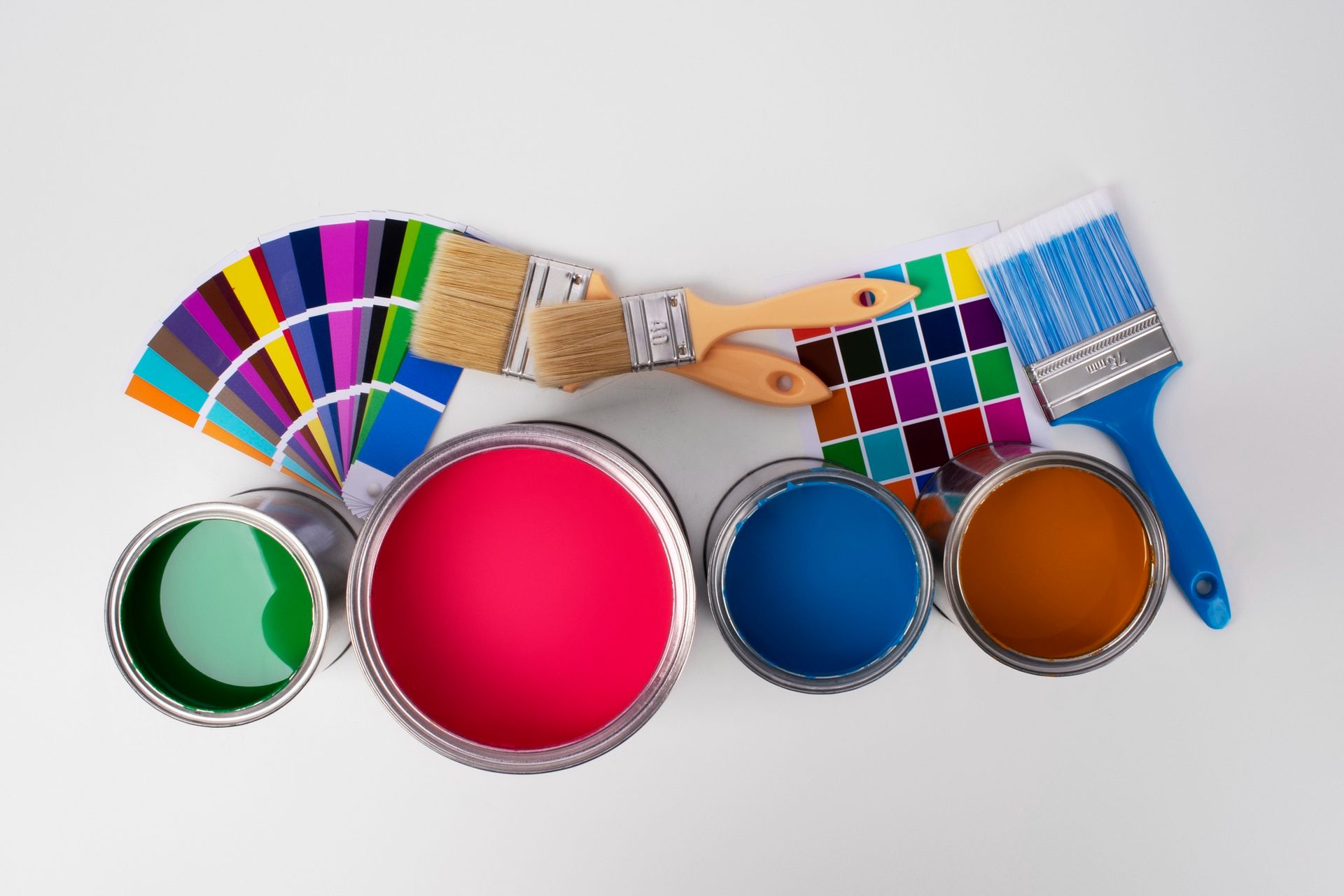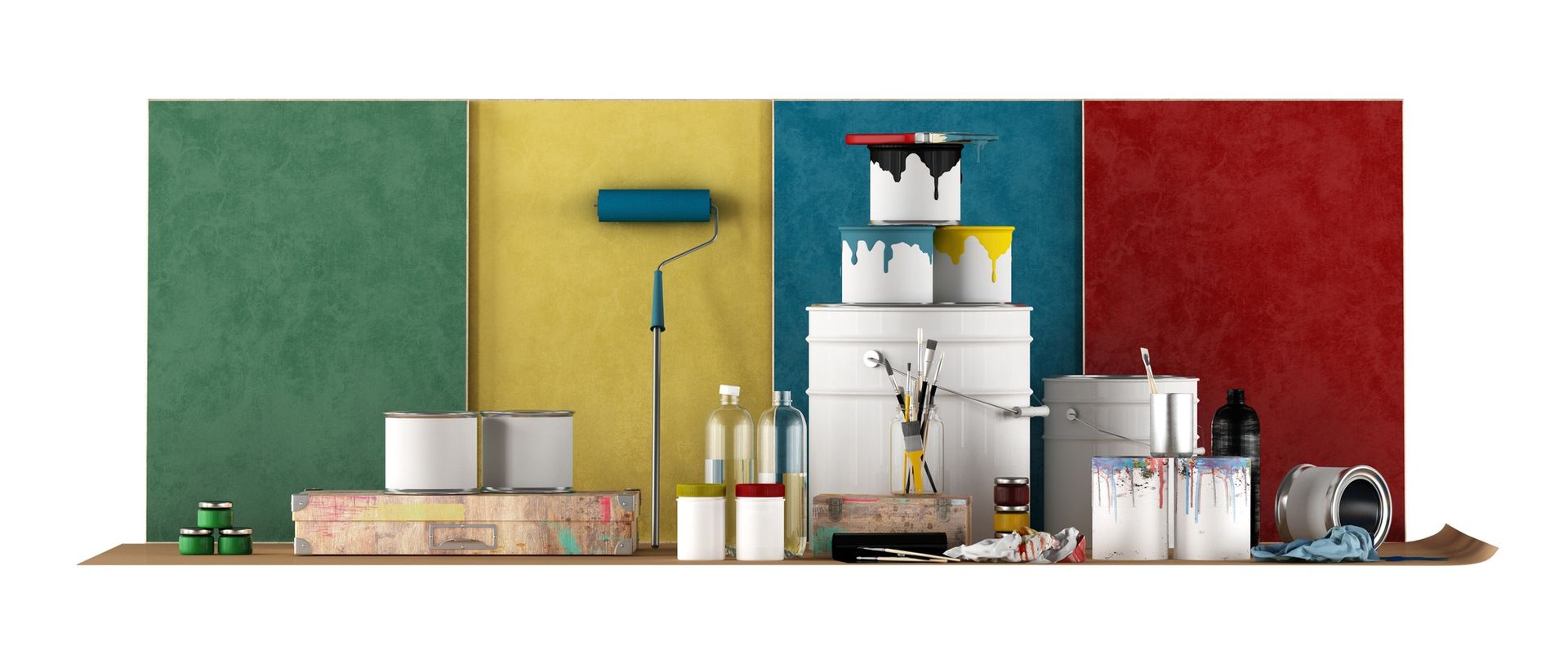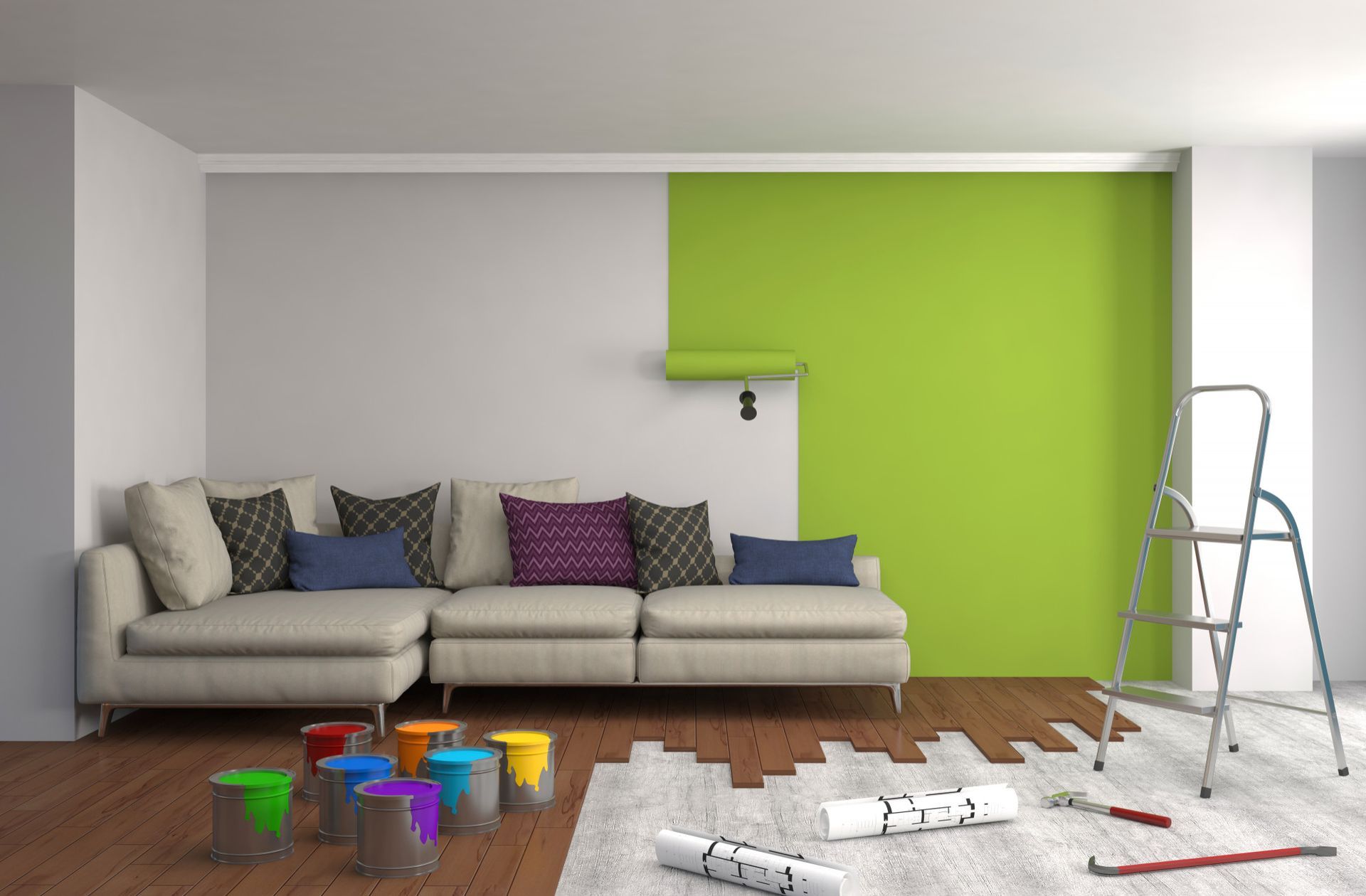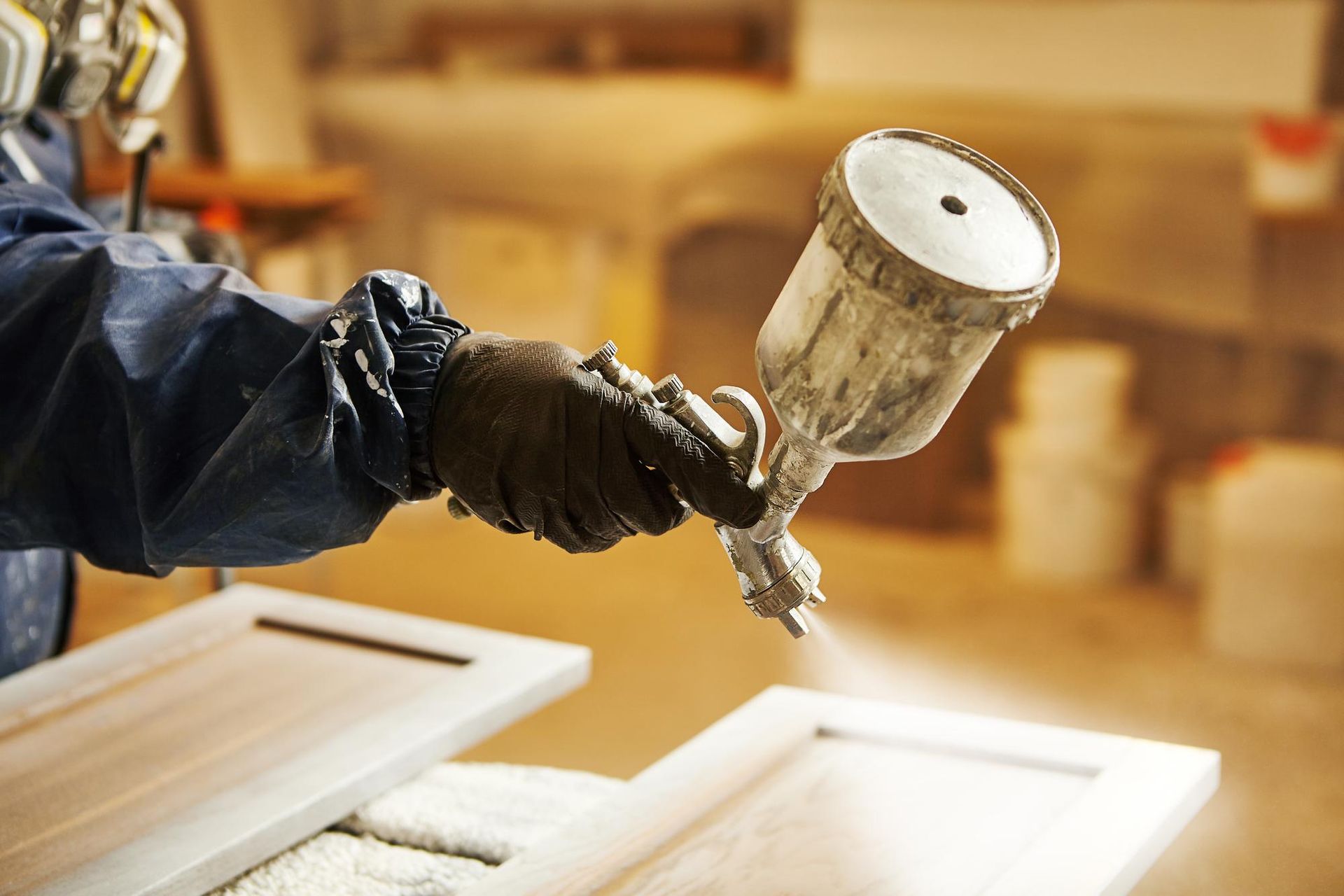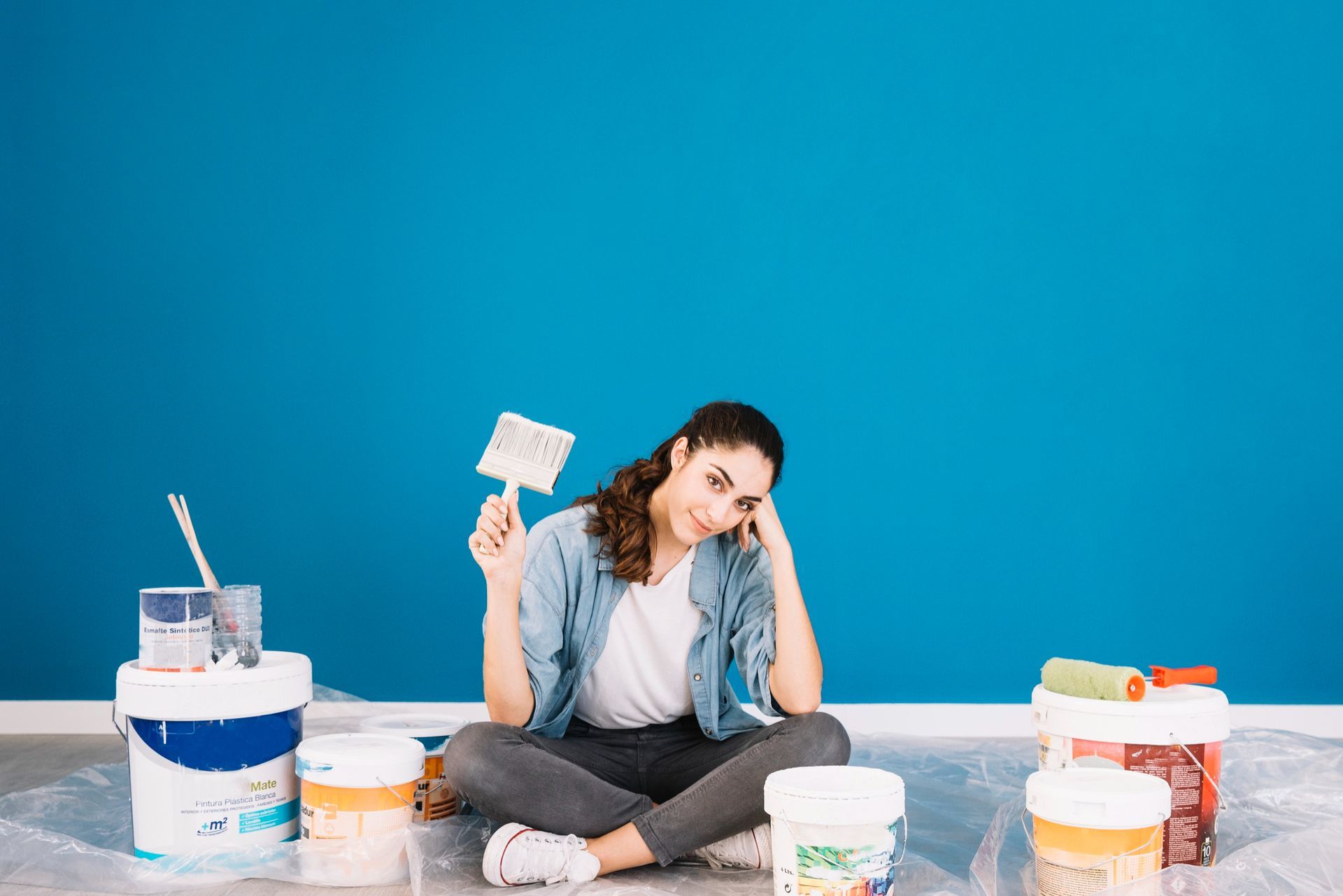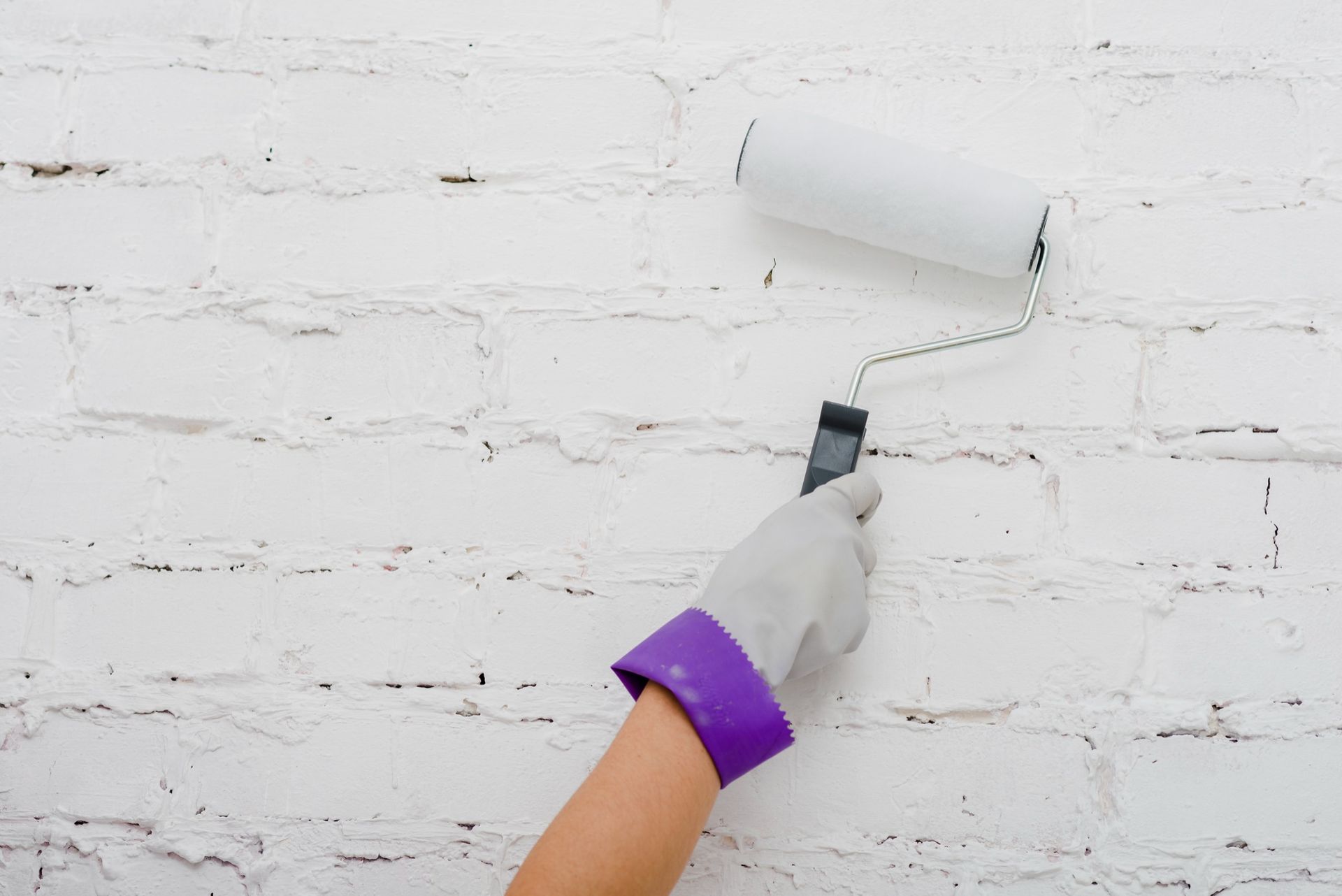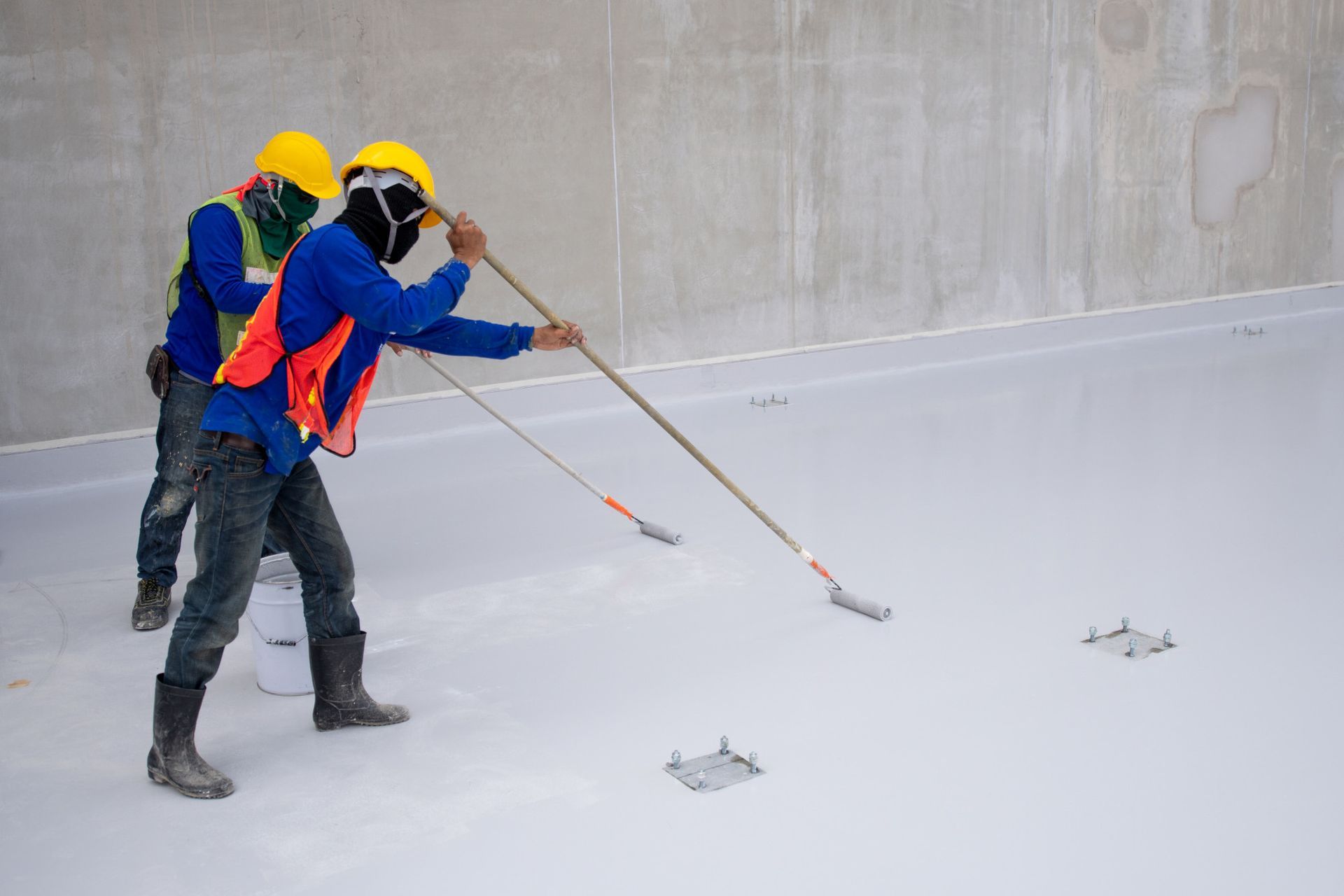(253) 961-4756
Transform Your Space: The Power of Interior Painting
Every so often, as we move through the familiar spaces of our homes, our surroundings begin to feel somewhat stagnant. The once vibrant living room that brought joy may now feel mundane. The kitchen, once a hub of activity, might seem dated. This longing for renewal is a common human sentiment; we naturally yearn for novelty, freshness, and occasionally, a complete transformation.
Although a complete overhaul of our home decor or investing in pricey furnishings could quench this thirst, not all of us have the luxury to indulge in such extensive modifications. Enter the world of interior painting—a seemingly simple yet profoundly effective solution. The allure of a freshly painted space goes beyond just its visual appeal.
With every brushstroke, it breathes new life into our surroundings, making old seem new, and mundane appear extraordinary. Interior painting has the uncanny power to not only change the color of our walls but also the ambiance and mood of our entire home. As we embark on this exploration, prepare to discover the depth and breadth of transformation that a paint can offer. Let's journey together into the vibrant and invigorating realm of interior painting.
A Stroke of Genius: The Basics of Interior Painting
Interior painting isn't just about taking a brush and applying a coat of paint to the walls. It's an art form. Each stroke carries with it potential – the potential to transform, refresh, and invigorate a space. The selection of colors, the type of paint, the technique used, and even the time of day you choose to paint can all impact the final result.
To truly harness the power of interior painting, it's essential to understand the basics. From preparing your walls by cleaning and sanding to selecting the right paint primer, every step plays a crucial role in the end product. Remember, good interior painting isn't a rush job; it's a methodical process that, when done right, yields impressive results.
Colors and Moods: The Psychological Power of Paint
The connection between color and mood is well-documented in psychological studies. And this is a fundamental principle in interior painting. For instance, soft blues and greens often evoke feelings of calm and serenity, making them perfect for bedrooms or study areas. On the other hand, vibrant shades of red or orange can infuse energy into a room, making them excellent choices for living areas or dining rooms.
The beauty of interior painting lies in its versatility. Want to create a cozy, intimate space? Opt for darker, muted tones. Looking to open up a room and make it feel airy and light? Light pastels or neutral tones can do wonders. By understanding the mood you want to set, you can select colors that amplify that feeling.
The Science Behind the Spectrum
Numerous studies have indicated the profound influence colors exert on our psyche. They can evoke memories, stimulate various emotions, and even influence our energy levels and concentration. This knowledge is indispensable in the realm of interior painting, allowing us to transform mere rooms into sanctuaries of well-being.
- Calming Blues and Greens: The gentle embrace of blues and greens is reminiscent of nature - the vastness of the sky and the tranquility of forests. These colors are often linked to feelings of calm, peace, and serenity, making them ideal choices for spaces meant for relaxation and reflection, such as bedrooms, bathrooms, and personal study areas.
- Energizing Reds and Oranges: These colors pulse with life and vibrancy. They are the colors of sunrise, of blooming flowers, and autumn leaves. Red, often associated with passion and intensity, can bring warmth and excitement. Orange, on the other hand, is spirited and joyful. Using these shades in living spaces, kitchens, or dining areas can foster lively conversations and stimulate appetites.
Tailoring Tones to Desired Ambiance
Interior painting is not just a process but a journey of discovery. It's about understanding the soul of a room and aligning it with the moods and emotions you wish to cultivate.
- Cozy and Intimate: Darker shades, like deep burgundies, rich browns, or even charcoal greys, can pull the walls inward, creating a sense of coziness and warmth. These colors are great for personal libraries, dens, or even a romantic bedroom.
- Airy and Expansive: If you're aiming to make a smaller room feel larger, or simply wish to imbue a space with a sense of freedom and breathability, light pastels like lavender, soft peach, or cool mint can be transformative. Neutral tones like beige, off-white, or taupe also serve as versatile backdrops, making rooms feel open and timeless.
- Focused and Productive: For home offices or creative studios, consider colors that boost concentration and creativity. Shades of green can enhance focus, while yellows can spark creativity and optimism.
The Subtle Nuances: Beyond Primary Colors
It's essential to remember that within each color, a myriad of shades exists. The mood evoked by navy blue, for instance, can differ vastly from that of turquoise or sky blue. Experimenting with these subtleties, perhaps through accent walls or decorative elements, can add depth and layered emotions to a room.
The canvas of our walls holds the power to reflect, amplify, and even transform our emotions. Through the psychological power of paint, we can curate experiences, create atmospheres, and truly make a house feel like a home.
Techniques and Trends: Beyond the Basic Coat
Interior painting has evolved over the years, and today, it's not just about applying a flat coat of paint. Techniques like sponging, rag rolling, stenciling, and striping allow homeowners to create walls that are nothing short of artwork.
Moreover, trends in interior painting keep evolving. From accent walls that pop with vibrant colors to metallic finishes that add a touch of luxury, there's no limit to the creativity you can unleash with a paintbrush.
Choosing the Right Paint for Your Project
One of the most crucial aspects of interior painting is the type of paint you choose. Different paints serve different purposes, and understanding their nuances can significantly impact the final look and longevity of your project:
- Water-Based vs. Oil-Based: While water-based paints dry faster and are easier to clean, oil-based paints offer a smoother finish and are more durable.
- Finish Matters: From matte and eggshell to satin, semi-gloss, and high gloss, the finish you choose can change the ambiance of a room. While high gloss is durable and easy to clean, matte offers a more sophisticated, non-reflective finish.
- VOCs and Health: Volatile Organic Compounds (VOCs) in paints can affect indoor air quality. Opting for low-VOC or VOC-free paints is better for health and the environment.
Global Influences: Painting with Cultural Inspiration
As our world becomes increasingly interconnected, cultural trends from one corner of the globe can quickly become inspirations in another:
- Mediterranean Blues: Think about the iconic blue rooftops of Santorini. Incorporating such vibrant blues can evoke a sense of calm, reminiscent of the sea and sky.
- Moroccan Patterns: With intricate designs and a play of bold colors, Moroccan-inspired stencils or patterns can introduce an exotic touch to any room.
- Scandinavian Simplicity: Favoring muted tones, minimalist designs, and a focus on functionality, the Nordic style emphasizes simplicity and comfort. Soft grays, whites, and subtle pastels are trademarks of this design ethos.
Sustainability in Painting: Environmentally-Conscious Choices
With growing awareness about environmental concerns, sustainable painting practices are gaining traction:
- Eco-Friendly Paints: Many brands now offer eco-friendly paint options that are biodegradable and made from natural ingredients.
- Recycling Leftover Paint: Instead of disposing of leftover paint, consider recycling or donating it. Many communities have paint recycling programs to prevent wastage.
- Sustainable Tools: From brushes to rollers, opting for tools made from sustainable materials or those that can be reused multiple times can reduce environmental impact.
The Long-Term Benefits of Interior Painting
Beyond the immediate aesthetic appeal, interior painting offers a myriad of long-term benefits:
- Protection: A fresh coat of paint can protect interior walls from daily wear and tear, moisture damage, and even minor dents.
- Increased Home Value: If you're thinking of selling, interior painting can significantly boost the value of your home. A fresh paint job makes rooms look well-maintained and attractive to potential buyers.
- Cost-Effective Makeover: Compared to other home renovation projects, interior painting is relatively inexpensive. Yet, its impact is dramatic, providing an instant makeover.
Incorporating 'Interior Painting' into Your Renovation Plans
If you're planning a home renovation, don't underestimate the role of interior painting. It can serve as the foundation for all your other design choices. Begin with a vision for each room. Do you want a cozy, rustic look or a sleek, modern feel? Once you've decided, choose paint colors and techniques that align with this vision.
To truly harness the power of interior painting, consider consulting professionals. Their expertise can provide insights into color palettes, trends, and techniques that might be unfamiliar to you.
Conclusion
In the grand tapestry of home design and decor, interior painting stands out as a powerful tool. It's more than just color on a wall; it's an expression of personality, a reflection of mood, and a statement of style. As you embark on your next home renovation or simply seek a change, remember the transformative potential that lies in a can of paint.
Embrace the art of interior painting, and watch as your space undergoes a metamorphosis from the mundane to the magnificent. And if you're in the Spanaway, WA area and seek the touch of professionals who truly understand this art, consider reaching out to AllStar Painting LLC — recognized as one of the best interior painting service providers.
You can contact them at (253) 961-4756 for expert advice and exceptional service.

